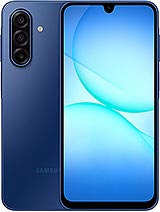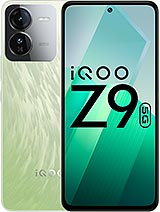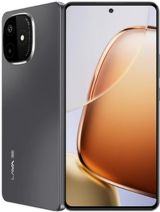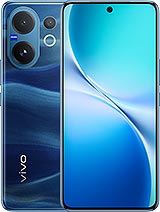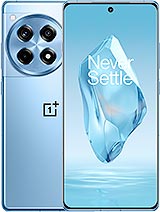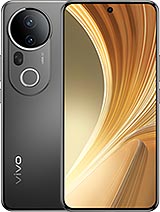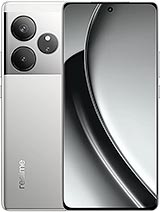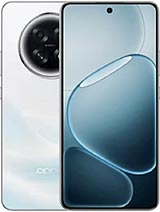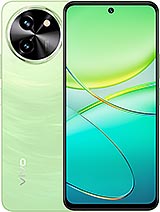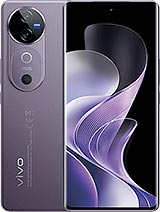Vivo T3x alternatives
Tap above to see alternatives.
Vivo V40 alternatives
Tap above to see alternatives.
4x2.2 GHz Cortex-A78
4x1.8 GHz Cortex-A55
1x2.63 GHz Cortex-A715
3x2.4 GHz Cortex-A715
4x1.8 GHz Cortex-A510
6GB 128GB (UFS 2.2)
8GB 128GB (UFS 2.2)
8GB 256GB (UFS 2.2)
8GB 256GB (UFS 2.2)
12GB 512GB (UFS 2.2)
f/1.8, (wide), PDAF
2 MP
f/2.4, (depth)
f/1.9, 24mm (wide), 1/1.56", 1.0µm, PDAF, OIS
50 MP
f/2.0, 15mm, 119˚ (ultrawide), 1/2.76", 0.64µm, AF
1080p@30fps
1080p@30fps
f/2.1, (wide)
f/2.0, 21mm (wide), 1/2.76", 0.64µm, AF
1080p@30fps
SIM1: Nano, SIM2: Nano (Hybrid)
SIM1: Nano, SIM2: Nano
8 5G bands
n1, n3, n5, n8, n28, n40, n77, n78
8 5G bands
n1, n3, n5, n8, n28, n40, n77, n78
In this performance comparison, the Vivo V40 with its Qualcomm Snapdragon 7 Gen 3 (4nm) performs better than the Vivo T3x with the Qualcomm Snapdragon 6 Gen 1 (4nm), thanks to superior chipset efficiency.
Vivo V40 offers 3 years of OS updates, whereas Vivo T3x provides 2 years. For security updates, Vivo V40 offers 4 years of support compared to Vivo T3x's 3 years.
Vivo V40 features a superior AMOLED display, while Vivo T3x comes with an LCD panel. Both smartphones offer the same 120 Hz refresh rate. Vivo V40 also boasts a brighter screen with 4500 nits of peak brightness, enhancing outdoor visibility. Notably, Vivo V40 offers a higher screen resolution, resulting in sharper visuals and more detailed content.
Vivo T3x comes with a larger 6000 mAh battery, which may offer longer usage on a single charge. Vivo V40 also supports faster wired charging at 80W, compared to 44W on Vivo T3x.
Vivo V40 offers better protection against water and dust with an IP68 rating.
- Vivo V40 – Check price here
¹ Scores can vary even with the same chipset due to RAM, thermals, and software optimization.


